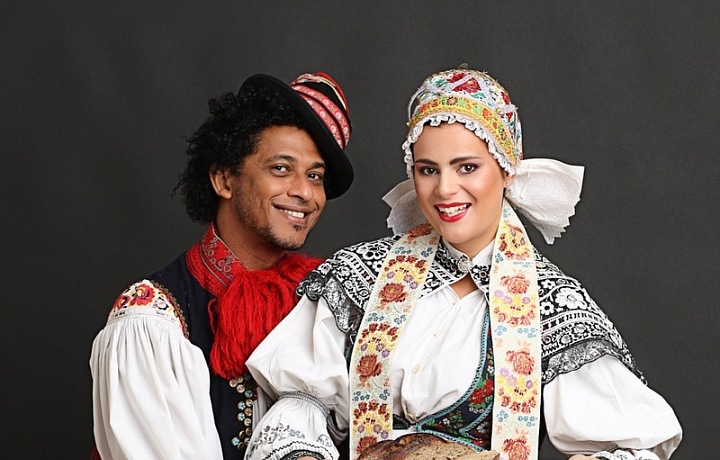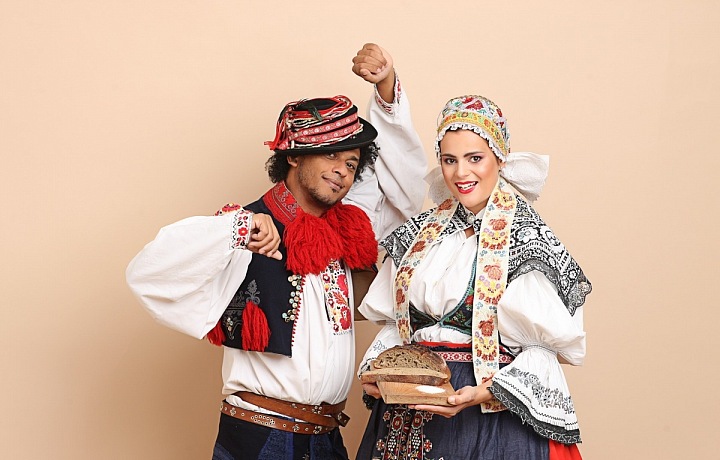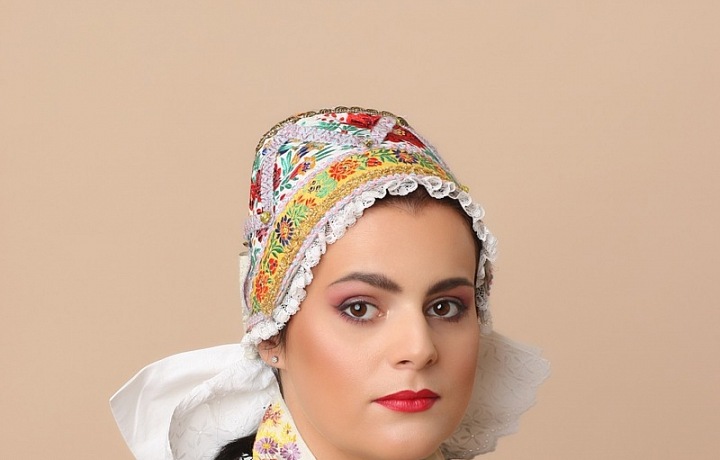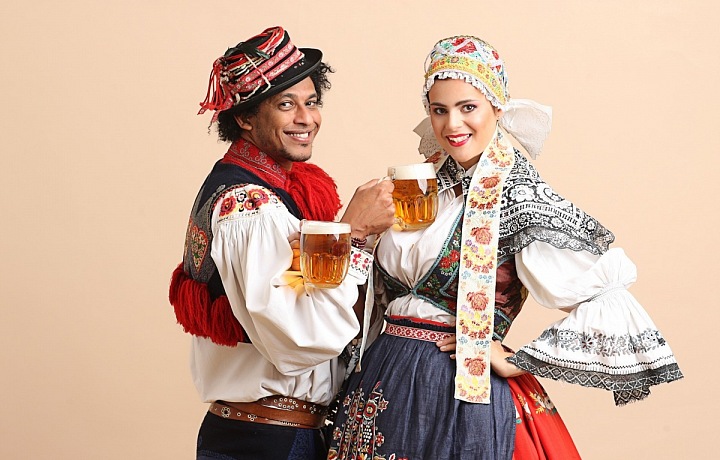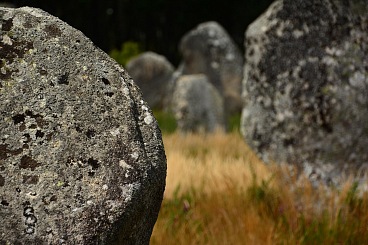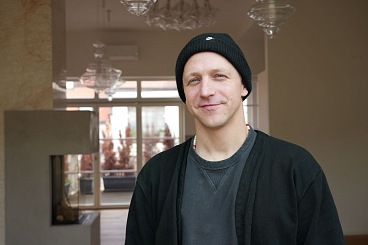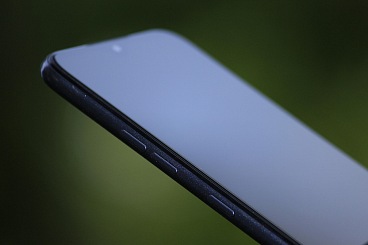Nylons, Semtex as Well as Mixing of Races. What Has Changed Here over the last 100 Years?
Celebrate together with us the 100th jubilee since the establishment of our country!
One hundred years ago nobody would have guessed what changes lie ahead of our nation. What used to be unthinkable then is nowadays entirely common. Take a look around you. For a long time now the country is not populated only by Czechs and Slovaks. Cultures, ethnicities and races are all being intermingled. A hundred years ago this would be unthinkable!
Airport swarming like a beehive!
Over the past hundred years innumerable aircraft took off from Prague airport and just as many landed here. Perhaps your parents or grandparents remember 1. July 1930 when CSA provided the first flight abroad. At that time it was on the route of Prague-Zagreb. And now? Aircraft cross the skies over Prague every minute and nobody raises an eyebrow!
One does not have to look for changes only in the air. While trams had operated in Prague already before the interwar period, the Prague Metro would then have sounded like science fiction. It started to be speculated upon at the beginning of the Second World War; however, the construction started in the 1960s. And look at it today, we are taking it absolutely for granted!
But if you think that the First Republic is all gone and that all of its history is blown over by dust of modern times, it certainly is not so! It is the architecture that bears witness to our history and therefore also the time of the interwar period. In Prague is it for example the Ministry of Industry and Trade, St. Wenceslas' Church in Vršovice, Tyrš´ House, Church of the Sacred Heart at Jiří z Poděbrad Square, the Metro Palace. The fact that these architectural treasures may still be admired is the work of the National Heritage Institute.
We gave the world nylons and Semtex explosives!
Although times have changed radically, many Czech scientists and researchers came up with inventions which are used to date, and not only here, but all over the world! For example nylon. Did you know that the first samples of socks and stockings made of nylon fibre used worldwide, were made in Czechoslovakia in 1940 and its industrial production was started here as early as in 1950?
Another example is Semtex explosives. Yes, this plastic explosive, used in various sectors, was developed in the 50's in Czechoslovakia.
Anything concerning the cuisine? Although nowadays everyone has an oven, there are plenty of housewives that still prefer the legendary remoska cooker; an electric mini-oven with the cooking element housed in the lid. It begun to be produced in the middle of the last century, then its production was suspended, but now it underwent a great revival and it is once again available in the market.
We belong to worldwide top in the field of cardio surgery, clinical ophthalmology or reproductive medicine!
Great changes occurred in the field of medicine. The Czech Republic became a leader in transplantations and cardiac surgery. The cardiovascular surgery clinic, IKEM, carried out an average of 1,250 procedures per year. In 1984 it carried out the first heart transplant in Eastern Europe.
Also, worldwide supremacy belongs to Czech ophthalmology. Above all this concerns the area of eye surgery and the level of instrumental equipment. The first ever laser surgery of the retina in Czechoslovakia was carried out in 1964, at Bulovka clinic. A laser operation can fix eye defects in several minutes. We have become a superpower of ophthalmological operations, with doctors from around the world come to study new innovative procedures.
Also, the field of assisted reproduction has in recent years underwent a major boom. And we are again among the leaders in this field. The first IVF child was born 40 years ago, in Czechoslovakia it was mere 4 years later.
In place of hellers we now finger through banknotes!
Who would have imagined a hundred years ago that there will be a European Union which would open up the borders between countries and allow free travel and free trade? We have been a part of it since 2004. Also, nobody in 1918 could have foreseen that one day Czechoslovakia will split into two separate republics, which will have their separate anthems, president and currency. But still, that is what happened!
And while we are on the currency there were some more changes there! Exactly 100 years ago, the Czechoslovak crown was introduced, composed of 100 hellers. One heller, two-heller as well as three-heller was commonly used change. Where did it all disappear? What has happened that we suddenly have banknotes in our wallets in the value of CZK1,000, CZK2,000 or CZK5,000 and there is no trace of hellers?
What lies ahead of us in 2118?
How will the Czech Republic look in another 100 years? Will it still exist at all? Will we invent new materials of which we so far have little idea? Will houses in 100 years´ time have classic door handles? What will we be able to achieve in medicine and technology?
A very exciting is one of looking into the future; in 100 -years´ time. What would it be like to stroll through Prague in 2118? And what would Praguers of 1918 feel when looking at our modern capital? Do you want to look at Prague through the eyes of the First Republic? Just make a wish and read the poem:
"Born out of stormy times we have awoken, and step by step in storm clouds go to meet proudly our lofty goal, our backs unbroken, unbowed, except compatriots to greet. We knew what strife to cross our path was waiting; although the thunder roared, as frost gnawed bone – such ancient Czech refrains, and unabating, are music to stride forward to – go on! (Jan Neruda, Friday Songs, Onward)



